Shop
Showing 74901–74950 of 174103 results
-

FetalClone III,100 mL
$55.95 Add to cart View Product DetailsFetalClone III,100 mL
-

FetalClone III,100 mL, HI
$73.07 Add to cart View Product DetailsFetalClone III,100 mL, HI
-

FetalClone III,500 mL
$231.71 Add to cart View Product DetailsFetalClone III,500 mL
-
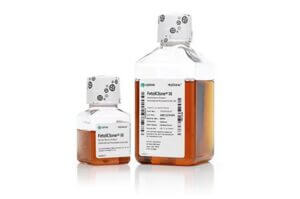
FetalClone III,500 mL, IR
$251.46 Add to cart View Product DetailsFetalClone III,500 mL, IR
-
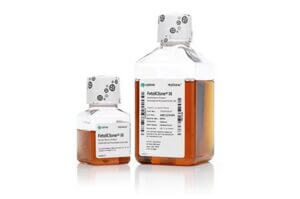
Fetalclone III,500mL IR
$251.46 Add to cart View Product DetailsFetalclone III,500mL IR
-
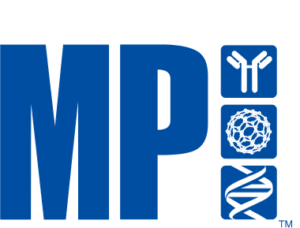
Fetuin
$149.91 Add to cart View Product DetailsFetuin
-

Fetuin
$265.50 Add to cart View Product DetailsFetuin
-

Fetuin
$859.68 Add to cart View Product DetailsFrom fetal bovine serum. Insulin inhibitor
-
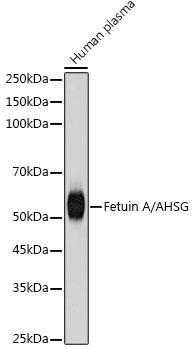
Fetuin A/AHSG Rabbit mAb
$264.04 Add to cart View Product DetailsMonoclonal Antibodies
-

Fetuin A/AHSG Rabbit mAb
$103.04 Add to cart View Product DetailsMonoclonal Antibodies
-
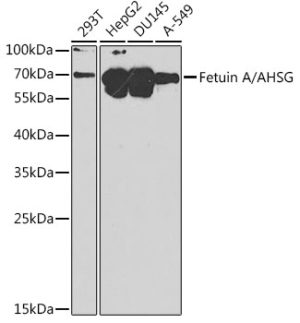
Fetuin A/AHSG Rabbit pAb
$86.94 Add to cart View Product DetailsPolyclonal Antibodies
-

Fetuin A/AHSG Rabbit pAb
$239.89 Add to cart View Product DetailsPolyclonal Antibodies
-

Fexofenadine Hydrochloride
$92.12 Add to cart View Product DetailsFexofenadine Hydrochloride
-

Fexofenadine Hydrochloride
$252.33 Add to cart View Product DetailsFexofenadine Hydrochloride
-
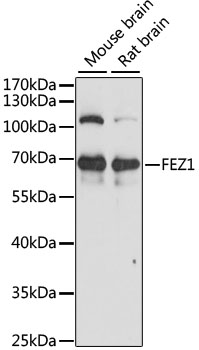
FEZ1 Rabbit pAb
$86.94 Add to cart View Product DetailsPolyclonal Antibodies
-
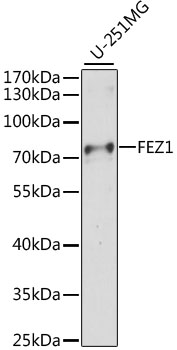
FEZ1 Rabbit pAb
$86.94 Add to cart View Product DetailsPolyclonal Antibodies
-

FEZ1 Rabbit pAb
$239.89 Add to cart View Product DetailsPolyclonal Antibodies
-

FEZ1 Rabbit pAb
$239.89 Add to cart View Product DetailsPolyclonal Antibodies
-
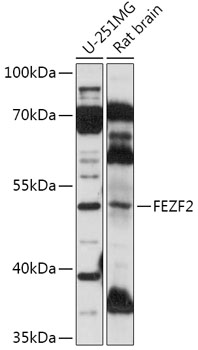
FEZF2 Rabbit pAb
$86.94 Add to cart View Product DetailsPolyclonal Antibodies
-

FEZF2 Rabbit pAb
$239.89 Add to cart View Product DetailsPolyclonal Antibodies
-
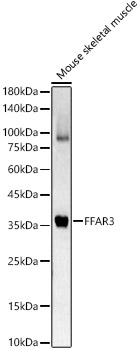
FFAR3 Rabbit pAb
$86.94 Add to cart View Product DetailsPolyclonal Antibodies
-

FFAR3 Rabbit pAb
$239.89 Add to cart View Product DetailsPolyclonal Antibodies
-
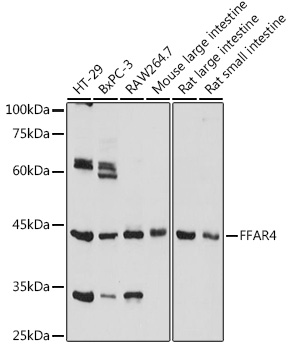
FFAR4 Rabbit pAb
$86.94 Add to cart View Product DetailsPolyclonal Antibodies
-
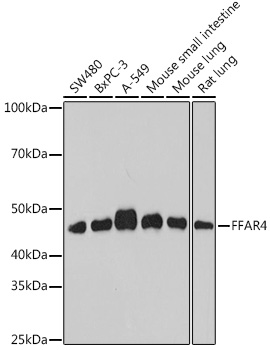
FFAR4 Rabbit pAb
$239.89 Add to cart View Product DetailsPolyclonal Antibodies
-

FFAR4 Rabbit pAb
$239.89 Add to cart View Product DetailsPolyclonal Antibodies
-

FFAR4 Rabbit pAb
$86.94 Add to cart View Product DetailsPolyclonal Antibodies
-

FFPE DNA QC Kit
$402.50 Add to cart View Product DetailsNGS Kits
-

FFPE DNA QC Kit
$116,725.00 Add to cart View Product DetailsNGS Kits
-

FGB Rabbit pAb
$86.94 Add to cart View Product DetailsPolyclonal Antibodies
-

FGB Rabbit pAb
$239.89 Add to cart View Product DetailsPolyclonal Antibodies
-
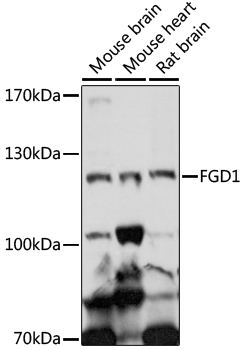
FGD1 Rabbit pAb
$239.89 Add to cart View Product DetailsPolyclonal Antibodies
-

FGD1 Rabbit pAb
$86.94 Add to cart View Product DetailsPolyclonal Antibodies
-

FGD1 Rabbit pAb
$239.89 Add to cart View Product DetailsPolyclonal Antibodies
-

FGD1 Rabbit pAb
$86.94 Add to cart View Product DetailsPolyclonal Antibodies
-
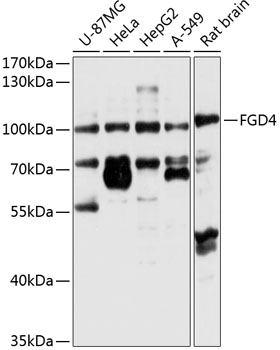
FGD4 Rabbit pAb
$239.89 Add to cart View Product DetailsPolyclonal Antibodies
-

FGD4 Rabbit pAb
$86.94 Add to cart View Product DetailsPolyclonal Antibodies
-
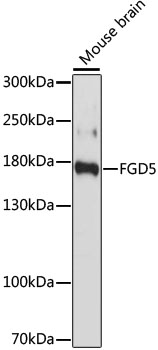
FGD5 Rabbit pAb
$239.89 Add to cart View Product DetailsPolyclonal Antibodies
-

FGD5 Rabbit pAb
$86.94 Add to cart View Product DetailsPolyclonal Antibodies
-
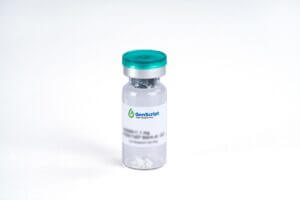
FGF-10, Human
$1,323.94 Add to cart View Product DetailsFibroblast Growth Factor-10 (FGF-10) is a mitogen mainly produced by mesenchymal stem cells in the lung. FGF-10 belongs to the heparin binding FGF family, and is also known as Keratinocyte Growth Factor-2 (KGF-2). It shares homology with KGF and receptor binding to FGFR2-IIIb. However, while KGF induces proliferation and differentiation of various epithelial cells, FGF-10 promotes budding and branching morphogenesis during the multi-organ development via mesenchymal-epithelial cell interactions. FGF-10 is critical for lung and limb development, and is regulated by Shh during early development.
-
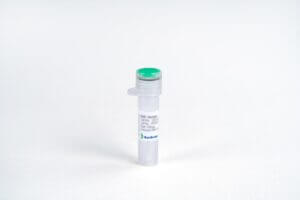
FGF-10, Human
$63.83 Add to cart View Product DetailsFibroblast Growth Factor-10 (FGF-10) is a mitogen mainly produced by mesenchymal stem cells in the lung. FGF-10 belongs to the heparin binding FGF family, and is also known as Keratinocyte Growth Factor-2 (KGF-2). It shares homology with KGF and receptor binding to FGFR2-IIIb. However, while KGF induces proliferation and differentiation of various epithelial cells, FGF-10 promotes budding and branching morphogenesis during the multi-organ development via mesenchymal-epithelial cell interactions. FGF-10 is critical for lung and limb development, and is regulated by Shh during early development.
-

FGF-10, Human
$155.25 Add to cart View Product DetailsFibroblast Growth Factor-10 (FGF-10) is a mitogen mainly produced by mesenchymal stem cells in the lung. FGF-10 belongs to the heparin binding FGF family, and is also known as Keratinocyte Growth Factor-2 (KGF-2). It shares homology with KGF and receptor binding to FGFR2-IIIb. However, while KGF induces proliferation and differentiation of various epithelial cells, FGF-10 promotes budding and branching morphogenesis during the multi-organ development via mesenchymal-epithelial cell interactions. FGF-10 is critical for lung and limb development, and is regulated by Shh during early development.
-

FGF-10, Mouse
$1,470.56 Add to cart View Product DetailsFibroblast Growth Factor-10 (FGF-10) is a mitogen mainly produced by mesenchymal stem cells in lung. FGF-10 belongs to the heparin binding FGF family, and is also known as Keratinocyte Growth Factor-2 (KGF-2). It shares homology with KGF, and both KGF and FGF-10 activate the receptor FGFR2-IIIb. However, unlike KGF, which induces the proliferation and differentiation of various epithelial cells, FGF-10 is an essential factor for the budding and branching morphogenesis during multi-organ development via mesenchymal-epithelial interactions. FGF-10 is crucial for lung and limb development and is regulated by Shh during early development.
-

FGF-10, Mouse
$68.14 Add to cart View Product DetailsFibroblast Growth Factor-10 (FGF-10) is a mitogen mainly produced by mesenchymal stem cells in lung. FGF-10 belongs to the heparin binding FGF family, and is also known as Keratinocyte Growth Factor-2 (KGF-2). It shares homology with KGF, and both KGF and FGF-10 activate the receptor FGFR2-IIIb. However, unlike KGF, which induces the proliferation and differentiation of various epithelial cells, FGF-10 is an essential factor for the budding and branching morphogenesis during multi-organ development via mesenchymal-epithelial interactions. FGF-10 is crucial for lung and limb development and is regulated by Shh during early development.
-

FGF-10, Mouse
$155.25 Add to cart View Product DetailsFibroblast Growth Factor-10 (FGF-10) is a mitogen mainly produced by mesenchymal stem cells in lung. FGF-10 belongs to the heparin binding FGF family, and is also known as Keratinocyte Growth Factor-2 (KGF-2). It shares homology with KGF, and both KGF and FGF-10 activate the receptor FGFR2-IIIb. However, unlike KGF, which induces the proliferation and differentiation of various epithelial cells, FGF-10 is an essential factor for the budding and branching morphogenesis during multi-organ development via mesenchymal-epithelial interactions. FGF-10 is crucial for lung and limb development and is regulated by Shh during early development.
-

FGF-12, Human
$2,238.19 Add to cart View Product DetailsFibroblast Growth Factor 12 (FGF-12) is a member of the fibroblast growth factor (FGF) family. FGF-12 is probably involved in nervous system development and function. FGF-12 lacks the N-terminal signal sequence present in most of the FGF family members, but it contains clusters of basic residues that have been demonstrated to act as a nuclear localization signal. When transfected into mammalian cells, this protein accumulated in the nucleus, but was not secreted. The specific function of this gene has not yet been determined. Two alternatively spliced transcript variants encoding distinct isoforms have been reported.
-

FGF-12, Human
$452.81 Add to cart View Product DetailsFibroblast Growth Factor 12 (FGF-12) is a member of the fibroblast growth factor (FGF) family. FGF-12 is probably involved in nervous system development and function. FGF-12 lacks the N-terminal signal sequence present in most of the FGF family members, but it contains clusters of basic residues that have been demonstrated to act as a nuclear localization signal. When transfected into mammalian cells, this protein accumulated in the nucleus, but was not secreted. The specific function of this gene has not yet been determined. Two alternatively spliced transcript variants encoding distinct isoforms have been reported.
-

FGF-16, Human
$1,323.94 Add to cart View Product DetailsFibroblast Growth Factor-16 (FGF-16) is a heparin binding growth factor, a member of the FGF family. All FGF family members are heparinbinding growth factors with a core 120 amino acid (aa) FGF domain that allows for a common tertiary structure. FGF family members possess broad mitogenic and cell survival activities, and are involved in a variety of biological processes, including embryonic development, cell growth, morphogenesis, tissue repair, tumor growth and invasion. The rat homolog is predominantly expressed in embryonic brown adipose tissue and has significant mitogenic activity, which suggests a role in proliferation of embryonic brown adipose tissue. FGF-16 is most similar to FGF-9 (73 % amino acid identity). The protein sequence of human FGF-16 displays 98.6% identity with rat FGF-16. Chimpanzee FGF-16 (207 amino acids), chicken FGF-16 (207 amino acids), and zebrafish FGF-16 (203 amino acids) show 100 %, 89.9 %, and 79.2 % total amino acid identity with human FGF-16.
-

FGF-16, Human
$63.83 Add to cart View Product DetailsFibroblast Growth Factor-16 (FGF-16) is a heparin binding growth factor, a member of the FGF family. All FGF family members are heparinbinding growth factors with a core 120 amino acid (aa) FGF domain that allows for a common tertiary structure. FGF family members possess broad mitogenic and cell survival activities, and are involved in a variety of biological processes, including embryonic development, cell growth, morphogenesis, tissue repair, tumor growth and invasion. The rat homolog is predominantly expressed in embryonic brown adipose tissue and has significant mitogenic activity, which suggests a role in proliferation of embryonic brown adipose tissue. FGF-16 is most similar to FGF-9 (73 % amino acid identity). The protein sequence of human FGF-16 displays 98.6% identity with rat FGF-16. Chimpanzee FGF-16 (207 amino acids), chicken FGF-16 (207 amino acids), and zebrafish FGF-16 (203 amino acids) show 100 %, 89.9 %, and 79.2 % total amino acid identity with human FGF-16.
-

FGF-16, Human
$155.25 Add to cart View Product DetailsFibroblast Growth Factor-16 (FGF-16) is a heparin binding growth factor, a member of the FGF family. All FGF family members are heparinbinding growth factors with a core 120 amino acid (aa) FGF domain that allows for a common tertiary structure. FGF family members possess broad mitogenic and cell survival activities, and are involved in a variety of biological processes, including embryonic development, cell growth, morphogenesis, tissue repair, tumor growth and invasion. The rat homolog is predominantly expressed in embryonic brown adipose tissue and has significant mitogenic activity, which suggests a role in proliferation of embryonic brown adipose tissue. FGF-16 is most similar to FGF-9 (73 % amino acid identity). The protein sequence of human FGF-16 displays 98.6% identity with rat FGF-16. Chimpanzee FGF-16 (207 amino acids), chicken FGF-16 (207 amino acids), and zebrafish FGF-16 (203 amino acids) show 100 %, 89.9 %, and 79.2 % total amino acid identity with human FGF-16.
-
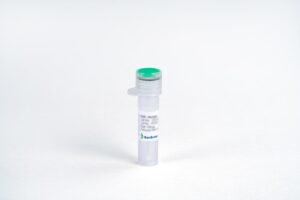
FGF-18, Human
$1,470.56 Add to cart View Product DetailsFibroblast Growth Factor-18 (FGF-18) is a heparin-binding growth factor that is a member of the FGF family. FGF-18 signals through FGFR 1c, 2c, 3c, and 4. FGF-18 plays an important role in the regulation of cell proliferation, cell differentiation and cell migration. FGF-18 is required for normal ossification and bone development. It can also stimulate hepatic and intestinal proliferation.






